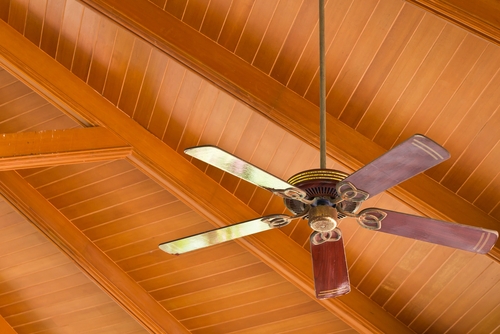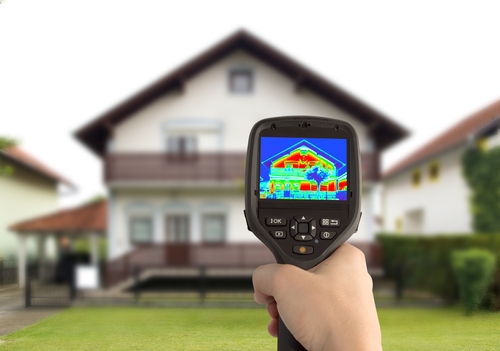
by GroupM7 | Jun 15, 2015 | Blog
What Does REME technology mean for Longview TX? Feb 3, 2012 It’s getting a bit warm outside and that means it’s time to make sure your home’s cooling system is up to the task of keeping you comfortable this summer. As you’re preparing your home for the heat of summer,...

by GroupM7 | Jun 5, 2015 | Articles
What’s Involved in a Home Energy Audit? Jun 5, 2015 If your household energy bills are too high and you’re looking for ways to improve efficiency, scheduling a home energy audit can help. During an audit, an expertly-trained technician takes an in-depth look at your...




